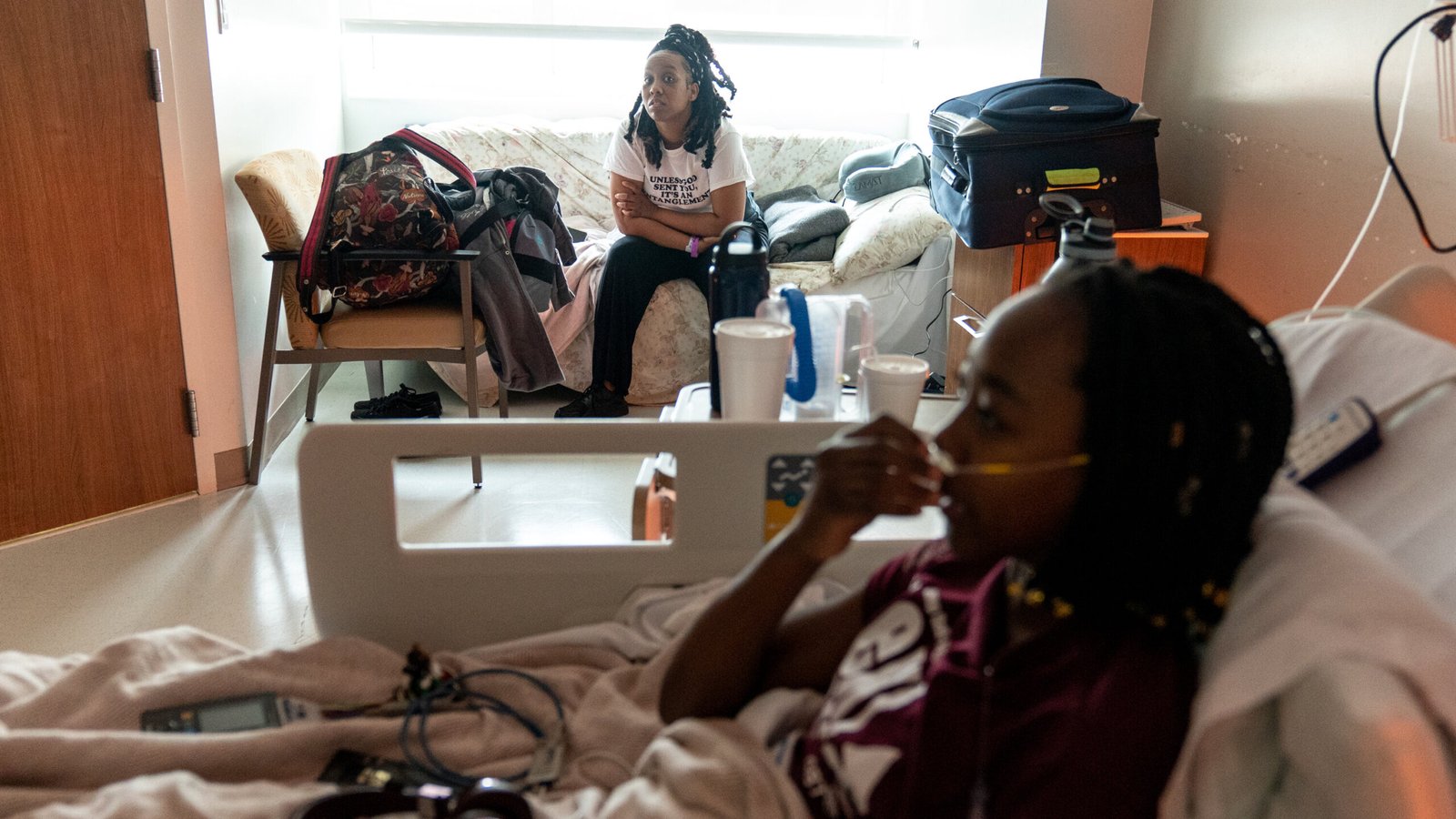For individuals living with sickle cell disease (SCD), their stories are often divided into two distinct chapters: the years of relentless pain and struggle, followed by a newfound sense of hope and transformation after receiving revolutionary treatments.
Born in 1982, Tesha Samuels’ journey with SCD began before the advent of prenatal screening for the condition. Throughout her childhood and young adulthood, Tesha faced numerous hospitalizations, strokes, and the burden of managing her condition, which often forced her to abandon her aspirations. However, in 2018, Tesha’s life took a remarkable turn when she became one of the pioneering recipients of an experimental gene therapy, now known as Lyfgenia. This innovative treatment, utilizing modified viruses to deliver functional genes, offered Tesha a renewed lease on life, despite the grueling chemotherapy and recovery process.
Similarly, Jimi Olaghere, whose battle with SCD began in Nigeria, endured a lifetime of health complications and limitations. However, his journey took a transformative turn in 2019 when he participated in a CRISPR gene therapy clinical trial. This groundbreaking treatment, marketed as Casgevy, provided Jimi with newfound freedom and vitality, enabling him to embrace fatherhood and pursue his entrepreneurial ventures.
Despite the remarkable efficacy of these treatments, the exorbitant costs pose a significant barrier to access for many patients. With prices reaching up to $3.1 million per course of treatment, affordability remains a pressing concern, potentially limiting access to those in need. However, recent initiatives by Medicaid to cover these therapies offer a glimmer of hope for broader accessibility in the future.
While the journey towards equitable access to SCD treatments continues, the experiences of individuals like Tesha and Jimi underscore the transformative impact of innovative therapies in alleviating the burdens of this debilitating disease. As researchers strive to reduce costs and enhance accessibility, the promise of a brighter future for SCD patients shines ever brighter on the horizon.



